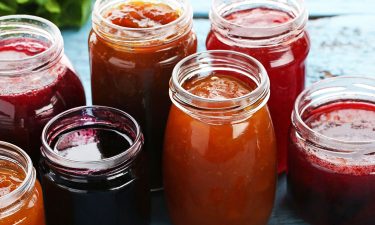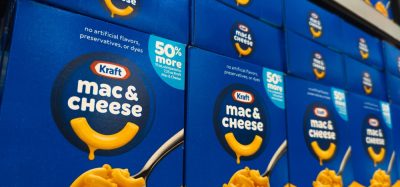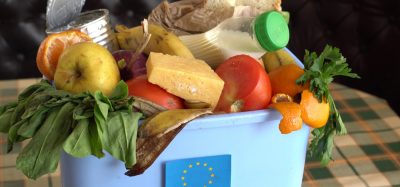Food processing demand boosts enzyme stabiliser market
Posted: 15 August 2019 | Rachael Harper (New Food Magazine) | No comments yet
The enzyme stabiliser market is showing strong growth with sales being highly influenced by increasing demand from the food processing industry.


The use of enzymes as competent biocatalysts in fruit juice manufacturing processes is witnessing a surge.
According to a recent report, the global enzyme stabiliser market is projected to witness an increase in volume sales of over 3,000 tons in 2019 over 2018 and it is predicted to record a moderate CAGR of over 4.0 percent through 2027.
The food processing industry accounts for the highest demand for enzyme stabilisers.
Starch is manufactured using stabilised enzymes and the growing use of enzyme stabilisers in producing essential food ingredients is likely to be a key growth factor for the market.


Enzymes such as cellulose and pectinase continue to find widespread application in the production of jellies, syrups, and jams.
The study by Fact.MR continues that enzymes such as cellulose and pectinase continue to find widespread application in the production of jellies, syrups, and jams from vegetables and fruits. The study opines that among the various enzymes used in the food industry, hydrolases continue to account for the highest demand.
It further opines that demand for enzyme stabilisers is likely to grow on account of the prevailing health and wellness trend. Growing demand for fruit juices has influenced brands to optimise quality without significantly raising the costs and the use of enzymes as competent biocatalysts in fruit juice manufacturing processes is witnessing a surge.
Manufacturers in the food industry have been seeking advanced technologies to meet the evolving demand of consumers, says the report. Enzymes’ clean label consideration from a regulatory point of view is prompting their extensive use in food technology. The application of enzyme stabilisers to improve flavour, texture, digestibility, and nutritional value of food products is likely to create opportunities in the long run.
The use of commercial enzymes in the food industry has been fuelled by the growing development in protein technology, making them integral to processing a range of food and beverage products. The technical enzyme preparations also exhibit economic benefits, owing to their lowered process costs.
The developments in biotechnology have enabled noteworthy refinements in the methodologies that offer unpredictable solutions to numerous prevailing issues and pave the way for exciting fresh possibilities.
Enzymes are gaining ground as exemplary agents of ‘green’ technology since they can be used in the biological waste treatment and management.
In regards to region, the study states that North America will continue to be one of the leading markets for enzyme stabilisers globally.
Related topics
Clean Label, Flavours & colours, Health & Nutrition, Processing, Product Development, Proteins & alternative proteins, Research & development, Revenues, Technology & Innovation, Trade & Economy









